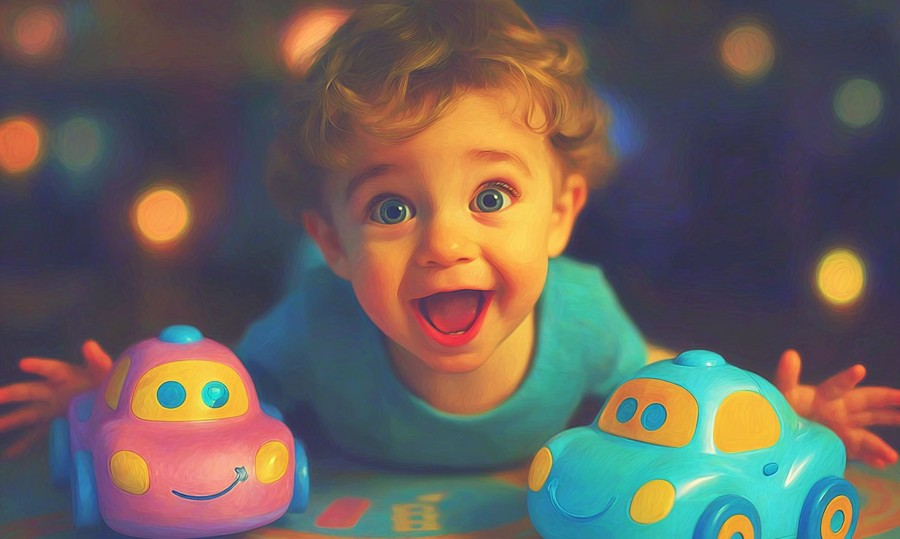Why 'Just Playing' is Serious Learning

A while ago, I met a friend over coffee, and she told me something that stayed with me: it had never been obvious to her that learning could be fun. For her, real learning had always felt like hard work, because that’s what she’d been taught as a child.
That idea—that learning must be difficult to be valuable—still lingers for so many of us. But then you watch a child play, and you realize you're witnessing play-based learning in its purest form.
Forgetting How to Learn Joyfully
As adults, we often see learning as a means to an end—a way to get a promotion or a new skill. We forget that curiosity itself can be the best teacher. Children remind us of this. When they play, they explore, test ideas, and create meaning, all while smiling.
Through play, a child experiments safely, not just with the world, but with their own abilities. It’s how they begin to understand cause and effect (“If I drop this, it bounces”), practice patience (“Let’s try this again”), and feel proud of their own progress (“I did it!”).
Maybe we adults can borrow a bit of that—learning not just to reach a goal, but to enjoy the discovery along the way.
What is Play-Based Learning? The Science Behind It
This isn't just a nice idea; it's backed by science. Research in early childhood development shows that play-based learning supports every area of growth:
- Cognitive skills: Puzzles and matching games help the brain recognize patterns and solve problems.
- Fine motor skills: Drawing and coloring strengthen hand muscles, preparing kids for writing.
- Language development: Storytelling and pretend play expand vocabulary.
- Social and emotional growth: Role play teaches empathy, cooperation, and self-regulation.
“Play is the work of the child.”
— Maria Montessori
Through play, children learn to focus and persist, all without realizing they’re “studying” at all.
Turning a Screen into a Sandbox
Of course, the big question is: where do screens fit into this? It’s easy to see digital time as the opposite of creative play. But what if we saw a screen less as a passive TV and more as an interactive sandbox? This question of balance is something I explore in my post on healthy screen time habits, but the core difference is design. Is an app asking your child to simply watch, or is it inviting them to create, solve, and explore?
This philosophy is at the heart of how I create my own apps. A well-designed game doesn’t replace the magic of real blocks; it helps a child learn about shapes in a new way that might make them look at their blocks differently tomorrow.
How to Support Play-Based Learning
You don’t need elaborate toys—just a willingness to follow your child’s curiosity. Here are a few simple ideas:
- Follow their lead. If they’re into cars, build ramps. If they love colors, mix paints.
- Join in, but don’t take over. Be their play-partner, not their director.
- Connect digital and real play. After a shape game, find those shapes around the house.
- Celebrate the effort. When something doesn’t work, say, “That was a great try! Let’s figure it out together.”
The Real Takeaway
Play isn’t a distraction from learning—it is learning. And perhaps the lesson isn't just for them. By watching our children, we can be reminded that learning can still be joyful, spontaneous, and full of wonder, no matter our age. So next time you see your child lost in play, smile. You’re not watching idle time; you’re watching their mind grow.